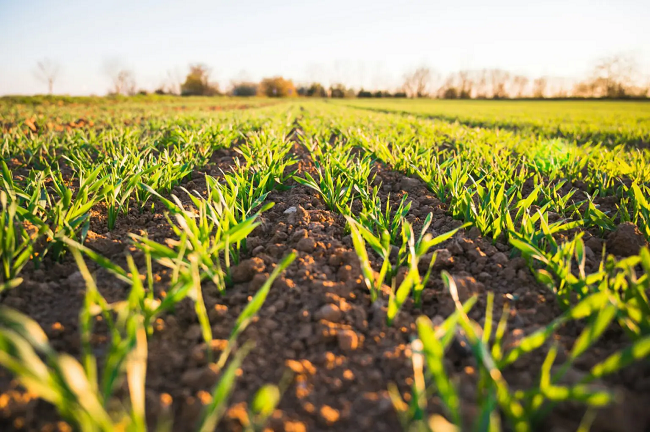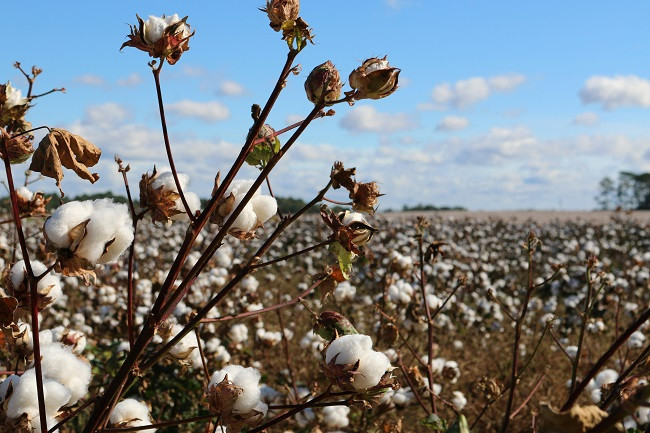The list of sustainability terms continues to grow, thanks in part to retail companies and their marketing messages. The big one dominating today is regenerative agriculture paving the way towards sustainable textile industry.

Regenerative organic farming/ agriculture
8% of greenhouse gas emissions worldwide are attributed to the garment sector, which mostly uses hard coal and natural gas to produce heat and power. By 2030, the industry’s greenhouse gas (GHG) emissions are predicted to increase by over 50% if no substantial improvements are made. More than 100% of the yearly CO2 emissions worldwide might be stored in the soil if farmers can increase soil health using regenerative agriculture techniques, according to recent statistics from the Rodale Institute. That equates to about 52 gigatonnes of CO2 annually.
Regenerative organic farming/agriculture is a term that rose to prominence in the 1980s, and generally refers to a rehab-focused approach to farming and food systems that aims to improve the longterm health of the soil, rather than degrading it. The purpose of Regenerative Agriculture is that farmers promote healthy soil practices and biodiversity including low or no tilling, planting cover crops, managing fertilizer use, and improving nutrient management.
Regenerative organic farming/ agriculture towards sustainability
In the scale from net zero to net positive, regenerative agriculture leans towards the net positive end. While achieving carbon neutrality involves balancing emissions with removals, regenerative practices actively contribute to carbon sequestration and storage in the soil. It is estimated that farming currently accounts for about one-quarter of all greenhouse gas emissions and erodes 24 Billion tonnes of topsoil a year. Moreover, the farming concept is attracting investors at a time when venture capital is increasingly difficult to come by.

Because of its chemical-intensive procedures and resource-intensive processes, the textile sector is one of the biggest worldwide pollutants. Regenerative agriculture, on the other hand, provides a fix for this issue. Textile producers may lessen their carbon impact and support responsible land management by obtaining their raw materials from regenerative farms.
Wool is a good competitor for sustainable apparel that lasts customers decades, which is explained by another issue. However, traditional wool production is still not climate-friendly since, over a 100-year period, sheep release methane gas, which has a potency 28–36 times greater than that of CO2. Set stock grazing, which involves keeping animals in the same paddocks for extended periods of time and can cause desertification, biodiversity loss, and soil erosion, is a common practice in conventional wool farming. Regenerative wool may be able to absorb carbon from the environment and lessen the consequences of climate change, according to studies. To completely grasp the potential of regenerative wool to lower emissions, further thorough scientific investigation is necessary.
Regenerative organic cotton farming methods are being incorporated into supply chains by a few fashion designers. While organic and regenerative cotton farming both aim to grow crops without the use of synthetic pesticides, chemicals, or fertilizers, regenerative farming goes a step further and incorporates environmental restoration techniques. In general, both types of cotton are better for the environment than conventional cotton.
Regenerative agriculture shows up as a ray of hope for sustainability and constructive development when we consider the future of the textile sector. Brands may improve their supply chains and make a positive impact on the environment by using circular practices and regenerative sourcing. By supporting companies that use regenerative fabrics, we as customers can accelerate this transition. Let’s set out on this path together to create a more sustainable, ethical, and regenerative fashion industry.
















